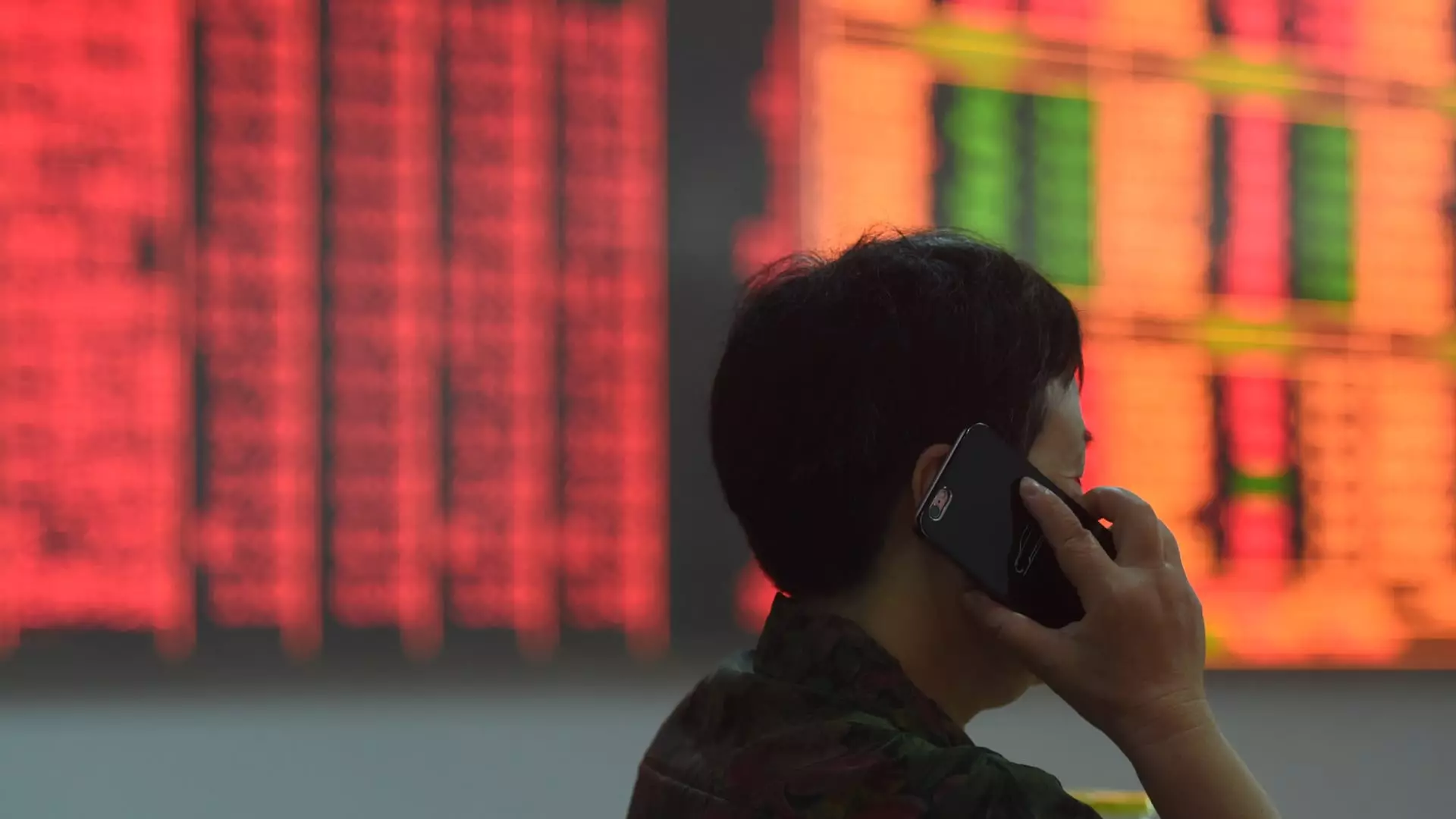Chinese stock markets experienced a remarkable surge, marking their best performance in 16 years, which signals a significant turning point in investor sentiment. The Shanghai Composite Index climbed by an astounding 8.06%, demonstrating a robust upward trajectory not witnessed since September 2008. This rally concluded a nine-day winning streak, with the index realizing a remarkable 17.39% increase overall in September, the first positive month after five consecutive declines. Similarly, the Shenzhen Composite Index recorded an impressive 10.9% rise, the highest since April 1996, and concluded its month up 24.8%—the best performance in more than 16 years.
The rally in Chinese stocks resonated through American markets as well, evidenced by a favorable rise in associated U.S. exchange-traded funds (ETFs). The China ADR index witnessed an uptick of nearly 6%, while prominent companies like Kanzhun and Bilibili experienced gains of 9% and 2.9%, respectively. The strong performance also extended to brokerage firms, with Futu Holdings seeing a remarkable 15% rise. These movements signify a burgeoning optimism among U.S. investors regarding Chinese equities, a sentiment augmented by the recent economic directives from Beijing.
The Chinese government’s recent unveiling of various economic stimulus measures, particularly focusing on interest rate cuts to bolster the struggling property sector, served as a catalyst for this stock market rebound. Market analysts have pointed out that while the immediate impacts of these measures may be uncertain, they constitute a crucial first step in reviving economic stability. Art Hogan, the chief market strategist at B. Riley Securities, emphasized the potential importance of a stronger Chinese economy for global markets, suggesting that investors must adjust their expectations in light of these developments.
Shifting Investor Sentiment
Billionaire hedge fund manager David Tepper’s bullish outlook, after a strategic influx of capital into Chinese equities, epitomizes the reshifting tide of investor sentiment. Tepper’s assertion of having invested significantly in various Chinese assets post-Federal Reserve’s rate cut reflects increasing confidence in the potential for recovery within the markets. This shift implies that investors are beginning to foresee a reversibility in trends that were previously marred by pessimism and uncertainty, paving the way for renewed interest and investment in the region.
The recent rally in Chinese stock markets presents a mixed landscape for investors, influenced heavily by government intervention and evolving economic circumstances. While individual performances of companies and ETFs indicate a rebound, the long-term sustainability of this growth remains to be seen. As investors recalibrate their strategies and expectations, the overarching theme will likely focus on how successfully the government can implement stimulus measures to nurture a sustainable recovery in the world’s second-largest economy. The global implications of this recovery cannot be understated, as a strengthened Chinese economy could have significant ripple effects worldwide.

